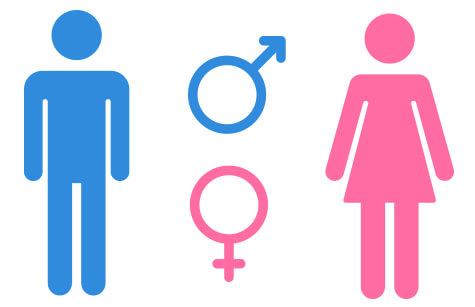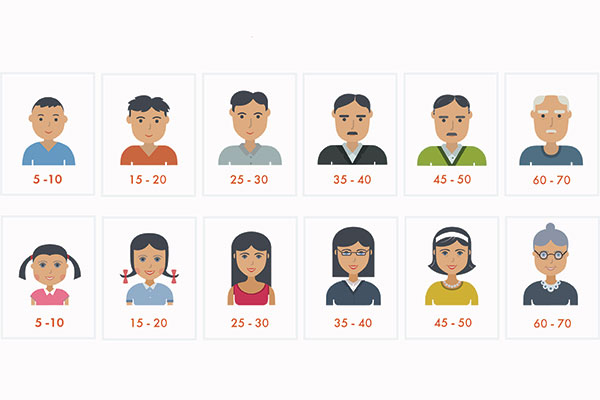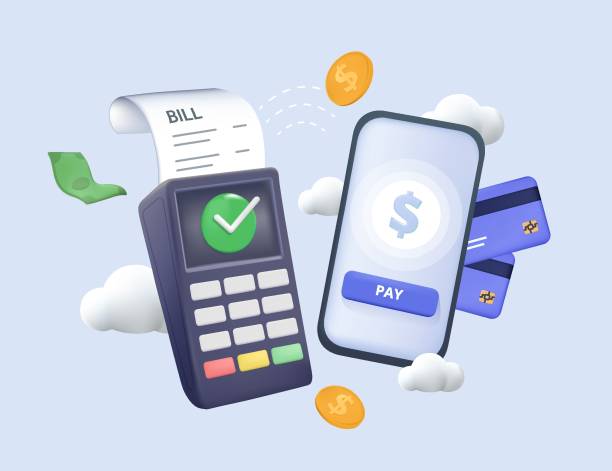In today’s thriving e-commerce landscape, understanding your customers is paramount for success. As online shopping continues to soar, knowing your audience’s preferences and behaviors becomes increasingly vital. That’s where segmenting your customers comes into play. By breaking down your target market into manageable segments based on shared traits like gender, age, occupation, marital status, and even purchasing behavior, businesses can tailor their marketing efforts effectively.
And so, we will explore Customer Segmentation, its five basic examples, and how each works.
What is Customer Segmentation?
Also known as Market Segmentation, the technique of breaking down your target market into more manageable segments according to shared traits is known as customer segmentation. During this process, marketers develop customer personas, or subgroups, based on particular factors.
A fictional figure that embodies the interests, characteristics, and actions of a specific customer or customer segment is called a customer persona.
Marketers may examine a variety of factors to divide up their target consumers, such as psychographic characteristics, demographics, past brand interaction, or geographic information.
Customer Segmentation Examples
Gender

In general, shoppers who identify as male and female tend to behave differently. It makes sense that so many companies develop marketing efforts specifically targeted at each gender.
With this strategy, companies may customize everything to each group’s purchasing behavior, from the call to action (CTA) wording to the visuals which can be useful in SMS marketing or Email Campagins.
It is more successful to launch gender-specific campaigns than to try to run a single, all-encompassing campaign that ignores the distinctive characteristics of each group.
Age

Another typical example of demographic segmentation is age. Marketers may learn a lot about a person’s hobbies and purchasing patterns just by looking at their age.
But when you combine it with one or two other factors, like geography and gender, you get even more information.
A 20-year-old man in New York City, for instance, would not share the same interests as a 65-year-old woman living in Miami.
Employment

Customers’ interests and availability can often be inferred from their occupations. Additionally, it can provide you with an estimate of their annual revenue and budget, particularly if they don’t openly disclose this information to you.
For example, Teacher discounts are advertised in a Loft advertisement by using occupation-based segmentation.
Furthermore, even if individuals choose not to provide your organization access to their professional data, you can still deduce information about their salaries.
Status of Marriage

Another useful example of client segmentation is marital status. Customers might be targeted by brands according to their status: single, married, engaged, in a committed relationship, or divorced.
A person’s family circumstances will have a direct effect on their overall discretionary income and spending patterns. Using this kind of consumer segmentation can assist firms in reaching the appropriate audiences with their content.
New customers

The behavioral segmentation model encompasses the newly introduced consumer variable.
Audiences can more effectively target those who are just starting their shopping journey by grouping new customers. Compared to brand-loyal recurring customers, new customers (or prospects) need more nurturing.
Businesses can generate leads more efficiently by grouping potential clients into distinct categories and producing top-of-funnel content accordingly.
Conclusion
In conclusion, customer segmentation is a powerful tool for online sellers to thrive in the dynamic e-commerce landscape. By understanding and categorizing customers based on factors like gender, age, occupation, marital status, and behavior, businesses can craft targeted marketing strategies that resonate with their audience.
From gender-specific campaigns to tailored messaging for different age groups, segmentation enables personalized interactions that drive engagement and conversions. As e-commerce continues to evolve, embracing customer segmentation not only fosters customer loyalty but also fuels business growth.
So, whether you’re a small boutique or a large retailer, knowing your customers and segmenting them accordingly is key to staying competitive and relevant in the digital marketplace.












